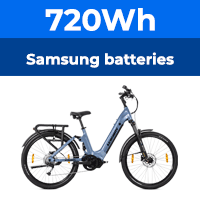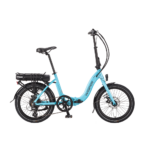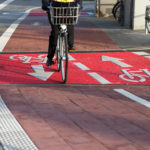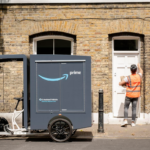Forget about trawling the internet and confusing yourself all the time.
I am not the confused one here, you are. I have noticed this in your posts, time and time again. It is MOST obvious to anyone with a strong electrical and mechanical background.
You really do not have a clue. But you are rude each and every time to me, instead of treating my posts as e-bike 101 electrics!
Remember, I supply links, where my thoughts are exactly spoken out loud, by other, educated people on the video, EXACTLY SO!
Where are the links that support you? You supply NOTHING at all with regard to links! Only rudeness and ignorance....
You also post mostly rubbish with regard to electricity and electronics, half learned, but very little facts, the Brothers Grimm could have hired you!
Sadly, there are few here who have the necessary schooling to see that apparently, but the complete lack of supporting links should count for something. START SUPPLYING LINKS AND STOP WRITING FAIRY TALES.
Who is "US"? I do not see anyone else posting such appalling "facts"....
The controller knows the wheel size when it's programmed into it, otherwise it doesn't, and it doesn't care too much about it either. It always has a speed signal from the motor halls.
That Hall effect sensor signal has only motor revolution information, but nothing to do with "speed" of the bike. As it still does not contain information with regard to the wheel diameter.
That was the point I have been trying to make, and now you are slowly coming around. Hurrah, Hurrah!
To know bike speed, the controller MUST know both the wheel diameter and the motor RPM, then you have the speed. Changing one of these parameters, changes the speed achieved.
You can change the wheel size in the LCD, but it has no effect on the motor speed.
That sentence is badly written, if the motor speed remains the same, but the wheel size is physically changed, the speed of the bike changes as well. Simple!
The opposite is also true, that is if the wheel diameter remains the same, BUT THE CONTROLLER IS TOLD THAT IS HAS CHANGED, for the same motor RPM, the actual bike speed changes, because the controller changes the RPM of the motor.
I strongly suspect that you did not watch and listen fully to the links I posted, or you would probably not have posted at all in the way you have.
The motor speed is either locked to a speed limit or not. Changing the wheel size can fool the lock in some controllers, but not in others. Either way, it doesn't change any characteristics of the motor.
You do not understand that in controllers (not all) that can be setup to different "physical size" wheels, that results in a change to the actual top speed achieved, but the controller is so simple, as it simply "believes" it has reached the maximum legal speed for that programmed wheel size.
Not very common these days, but quite common 7 or 8 years ago, some controllers could boost the motor's speed by about 10% by changing the timing. It did something like keep the low side MOSFETs open longer. It was operated by a simple jumper, which you could put a switch on. You might hear it referred to as a three speed switch, as there was a second jumper that could lock the maximum speed to 15 mph that was based on a 201 rpm signal from the motor halls. Both jumpers go to ground, so with switch left, low speed was grounded, middle none and right, boost jumper grounded.
That is all simply total rubbish nowaydays. And if you really believe you are placing valid information here, you really need to see a psychologist, really! That was just blue flashes and smoke, nothing useful! Nothing factual.
Here is something simple, valid, accurate and easy to undertstand, for a controller that can be programmed and used on bikes with 24, 26 and 28 wheels, remember though, not all controllers can be so programmed.
If we compare the diameter differences of 28, 26 and 24 inch heels, you get the following distances traveled by one revolution of the wheel, using Pi as 3.14 for simplicity:-
28 = 87.92" = 223.3168 cm.
26 = 81.64" = 207.3656cm.
24 = 75.36" = 191.4144cm.
If we take the 24" wheel as being 100%, then the other sizes produce AT THE SAME MOTOR RPM, the following increase in speed:-
26" wheel 61.50% more speed.
28" wheel 66.25% more speed.
So programming a bike with 28" wheels, to be only 24 inch wheels in the controller setup, the controller will set the motor RPM to allow a 24" wheel to achieve 15.5 MPH, instead, the bike will attempt to go at 25.8 MPH, because the controller believes the wheels are only 24", so they need to turned much faster to achieve legal speed!!
The controller has been fooled!
That is quite a speed increase with very little being changed other than a value in the setup!!
(All rounded off to the nearest 0.1MPH!)
Please address the points I made directly, do not go off at a tangent (thats called "deflecting" by the way, not good, it makes you look severely biased at bestt.
You need to post good valid links that support your actual thoughts and theories.
I do sincerely recommend that you watch the two videos I posted first, as both know what they are talking about!
Andy







